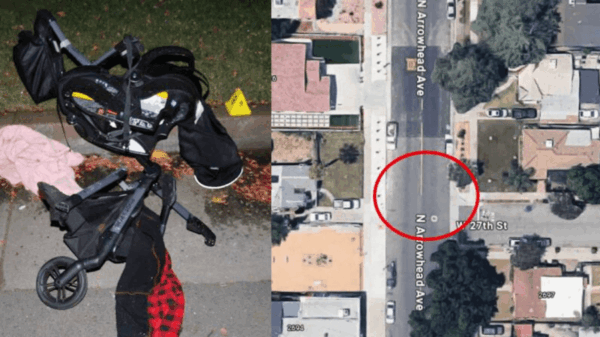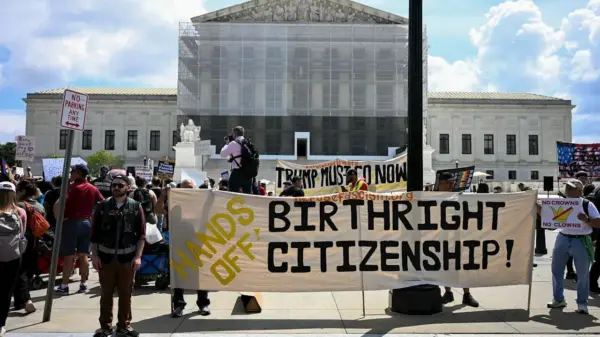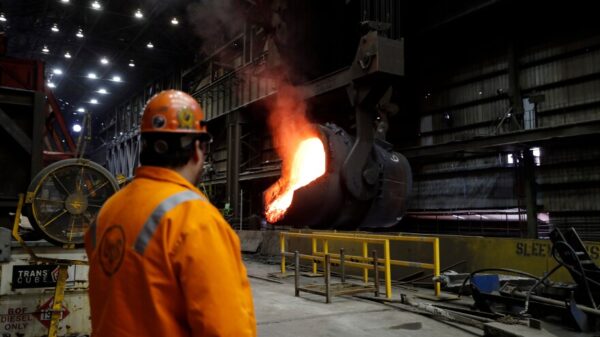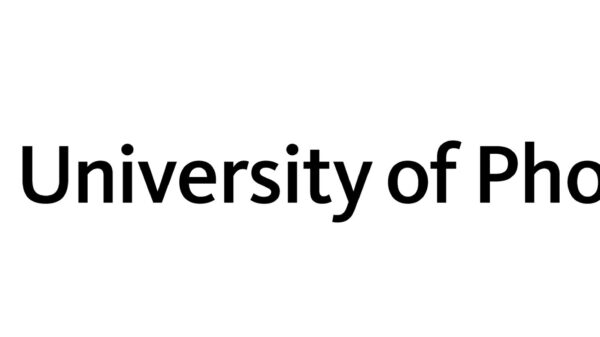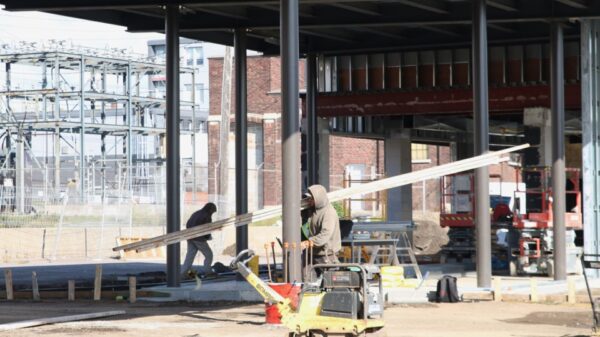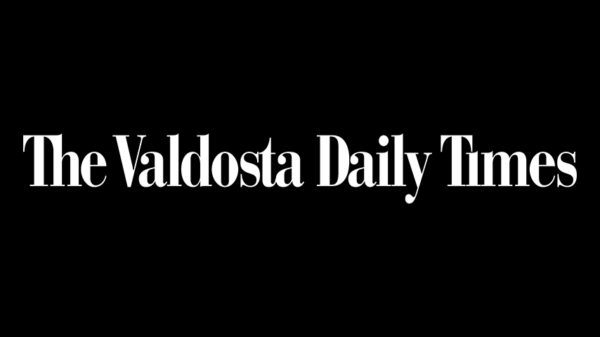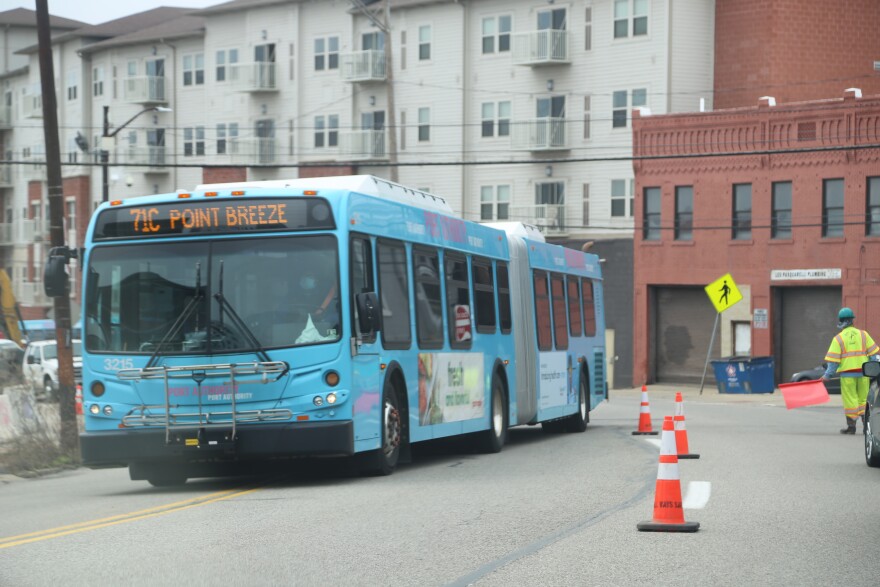Pittsburgh Regional Transit (PRT) is seeking to avert significant service cuts and fare increases planned for the upcoming fiscal year by accessing a state fund typically reserved for infrastructure projects. This move, announced on March 14, 2024, comes in response to a projected deficit of approximately $100 million.
In a statement, PRT CEO Katharine Kelleman expressed that while the decision is not ideal, it represents the best option available to protect riders from what she termed “catastrophic service cuts and fare increases.” The transit agency had been preparing to reduce bus and rail services by 35% and raise fares by 9% if a funding resolution was not reached.
In lieu of these drastic measures, PRT has requested approval from Governor Josh Shapiro and the Pennsylvania Department of Transportation to reallocate $106.7 million from the Public Transportation Trust Fund. Although this fund is primarily designated for capital investments, state law permits major transit agencies to utilize these funds for operational expenses. PRT hopes this financial strategy, combined with other local, federal, and reserve funds, will allow them to maintain services through the 2026-27 fiscal year.
This request is likely to receive approval, as similar measures have been sanctioned for other agencies, including SEPTA, which serves the Philadelphia area. Nonetheless, PRT has indicated that some capital projects may face delays, although safety-related projects will proceed as planned.
Local officials and transit advocates have raised concerns, characterizing this funding approach as a temporary fix rather than a sustainable solution. The ongoing state budget impasse, which has persisted for over three months due to partisan disagreements, has left PRT and other transit systems in a precarious position. The initial budget proposal from Governor Shapiro included provisions for transit funding, but negotiations between Democrats and Senate Republicans have stalled progress.
Jay Costa, the leader of Senate Democrats, expressed his support for the decision while also voicing frustration over the lack of a stable funding source for public transit. “I am glad that Governor Shapiro, PennDOT, and PRT are taking the steps to ensure transit riders maintain reliable, affordable service,” he stated.
In contrast, Senate Republicans had previously suggested that transit agencies utilize the Public Transportation Trust Fund, a proposal that was met with resistance from Democrats. Now, with PRT and SEPTA adopting this approach, discussions about long-term funding solutions have resurfaced.
Sara Innamorato, Allegheny County Executive, acknowledged the necessity of this emergency measure to prevent severe cuts but emphasized the need for a more permanent solution to serve the county’s 1.2 million residents effectively.
Laura Chu Wiens, a representative from the advocacy group Pittsburghers for Public Transit, criticized the reliance on funds originally designated for infrastructure. “It’s really disappointing that PRT and SEPTA are in the position of this being the only mechanism to delay service cuts,” she remarked. While acknowledging a sense of relief regarding the immediate future of Pittsburgh’s transit system, she cautioned that this solution is limited in scope and does not address funding issues faced by rural transit systems across the state.
As the situation develops, the focus remains on finding a sustainable funding solution that ensures the viability of public transit for all Pennsylvanians, rather than relying on temporary fixes that may jeopardize future infrastructure investments.



